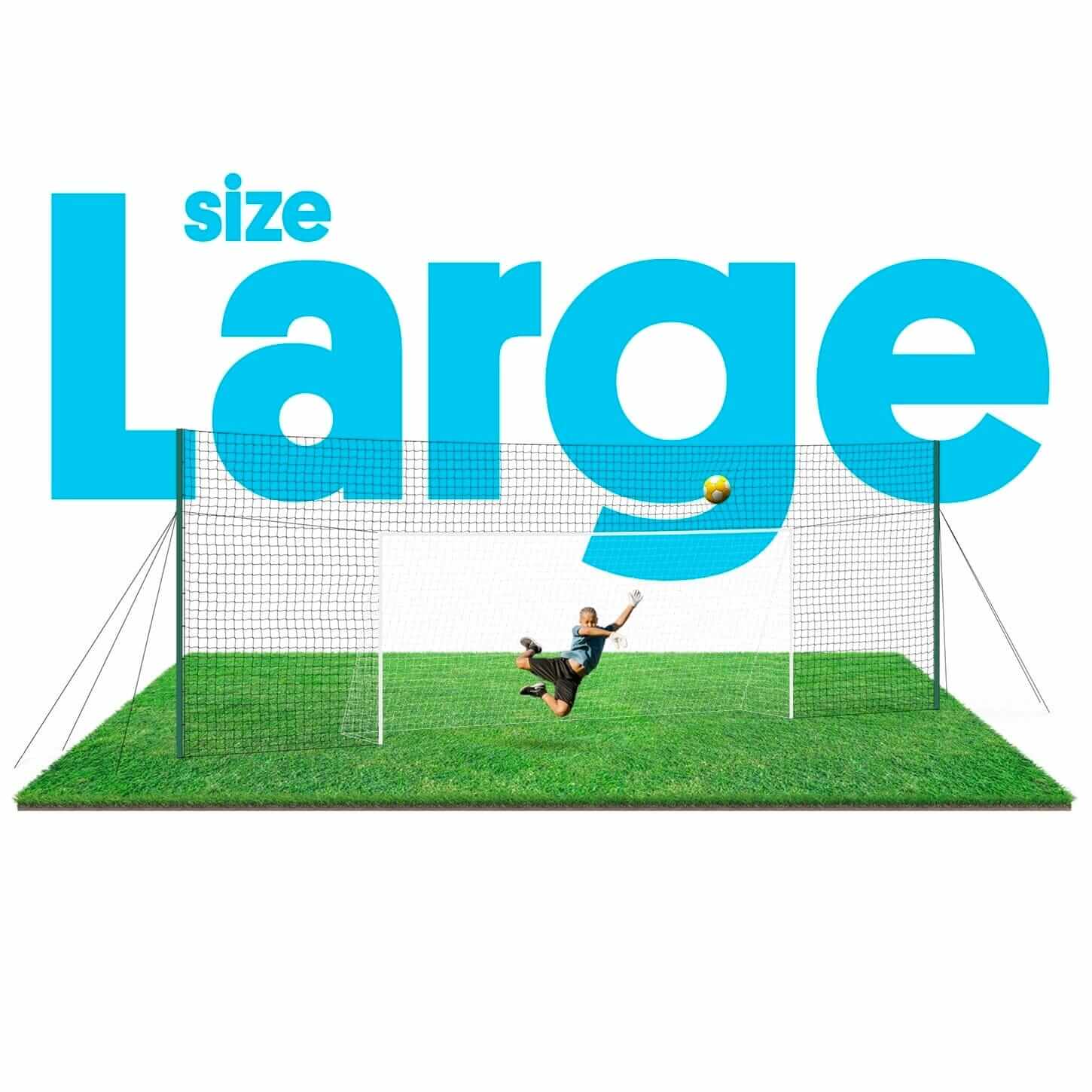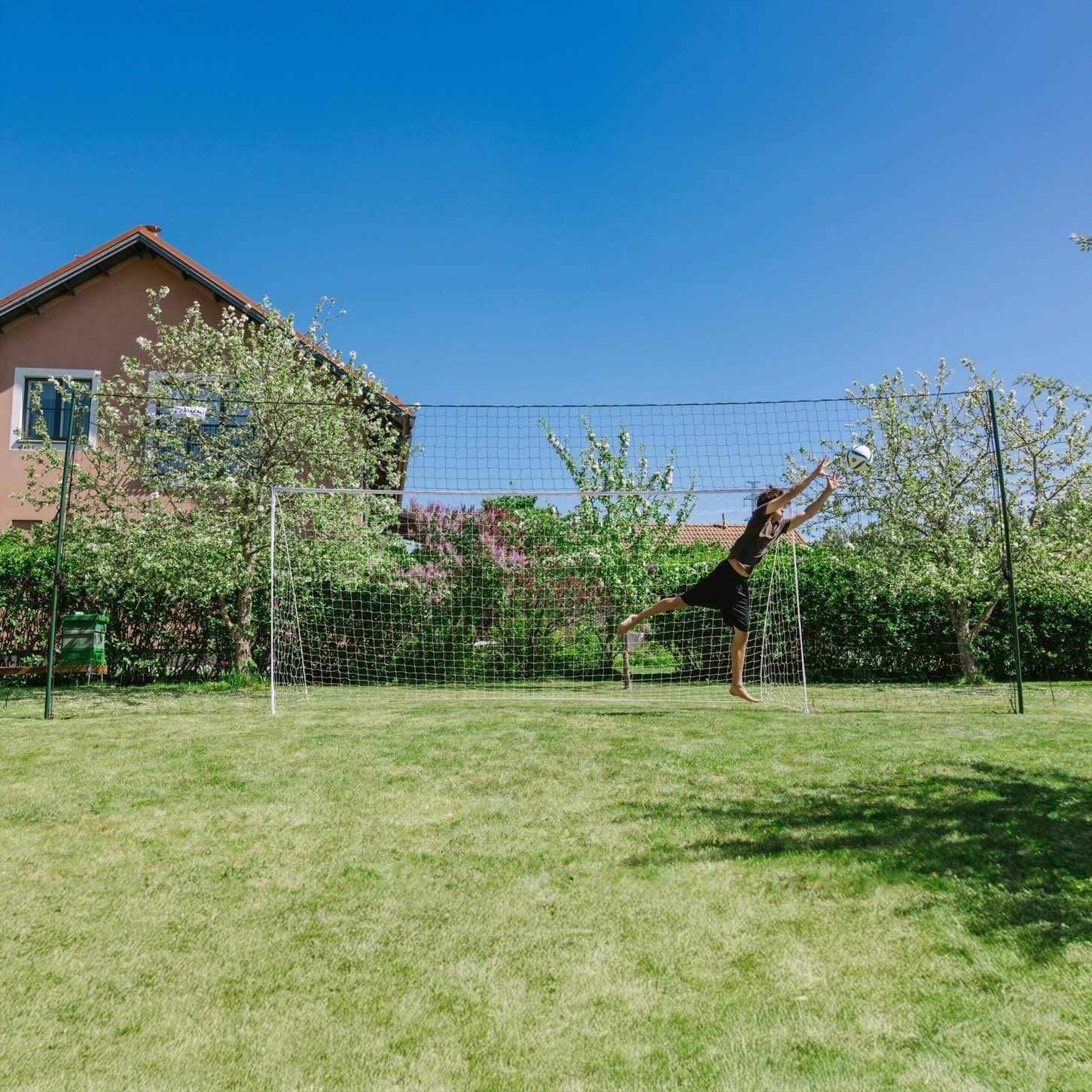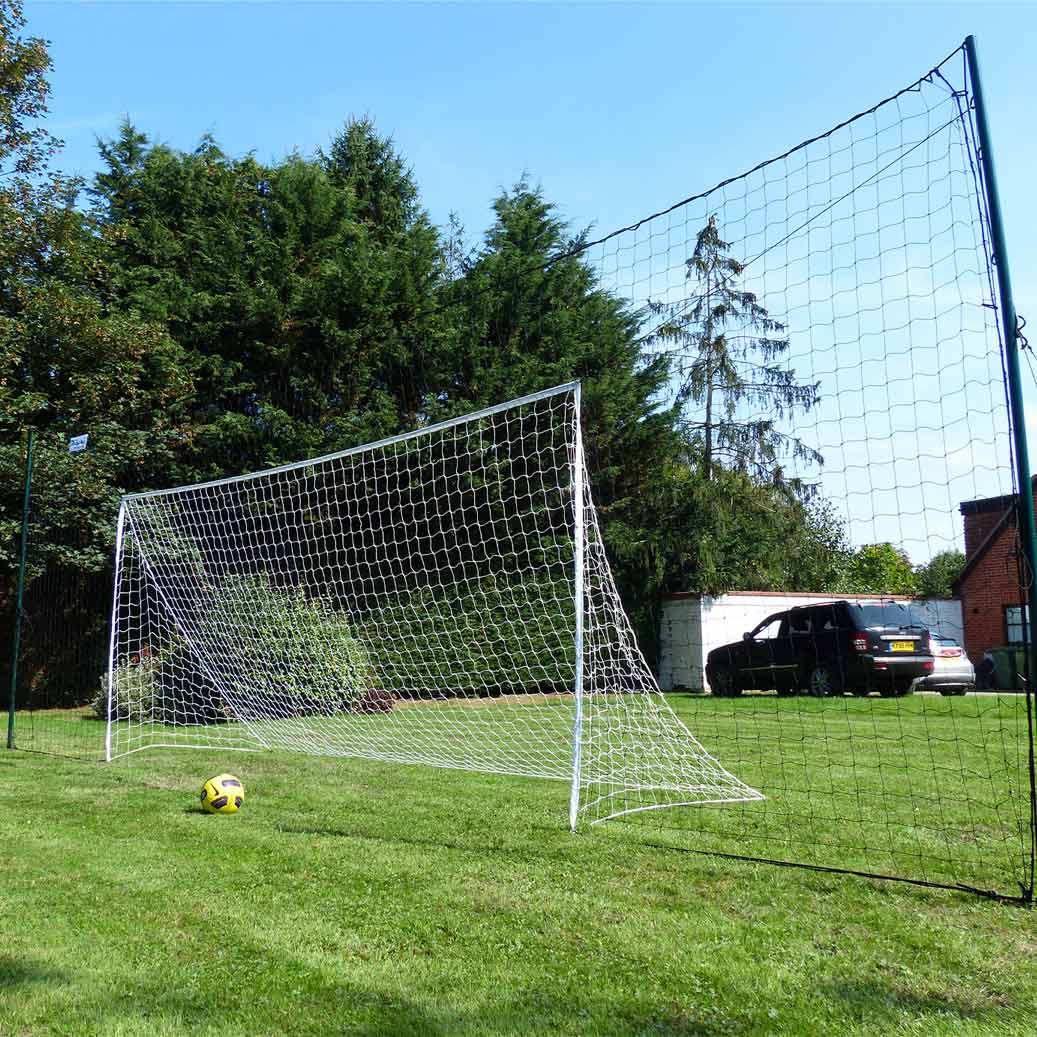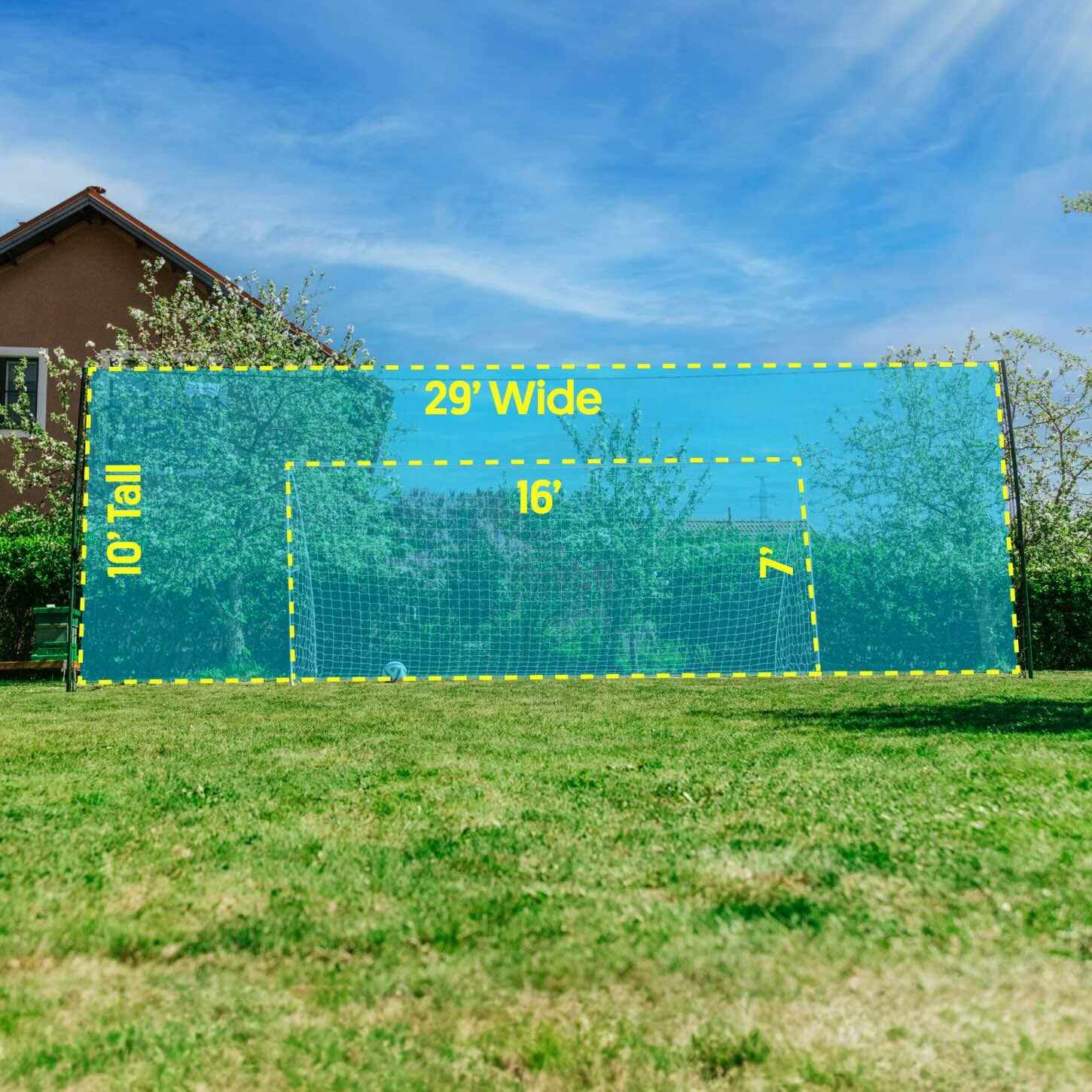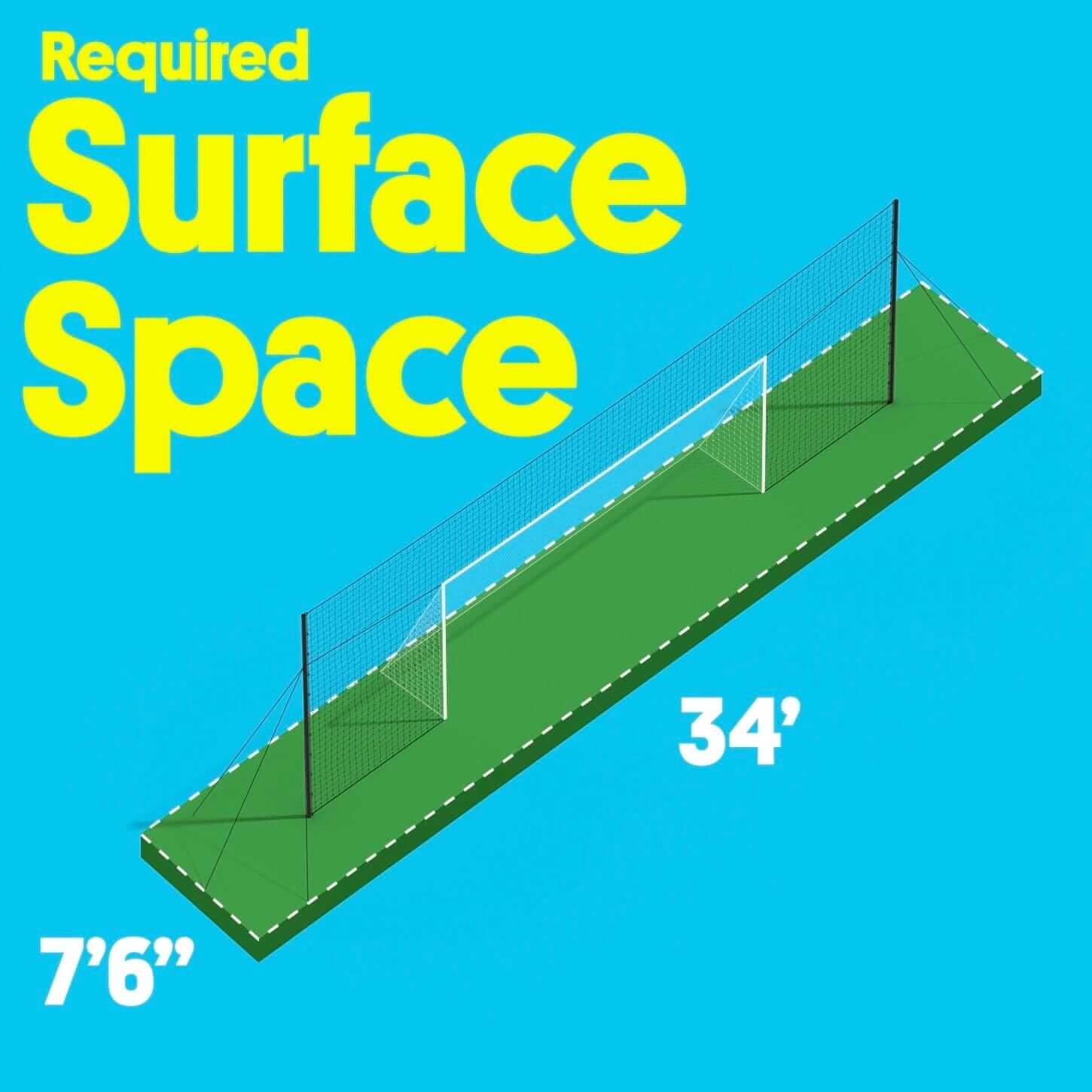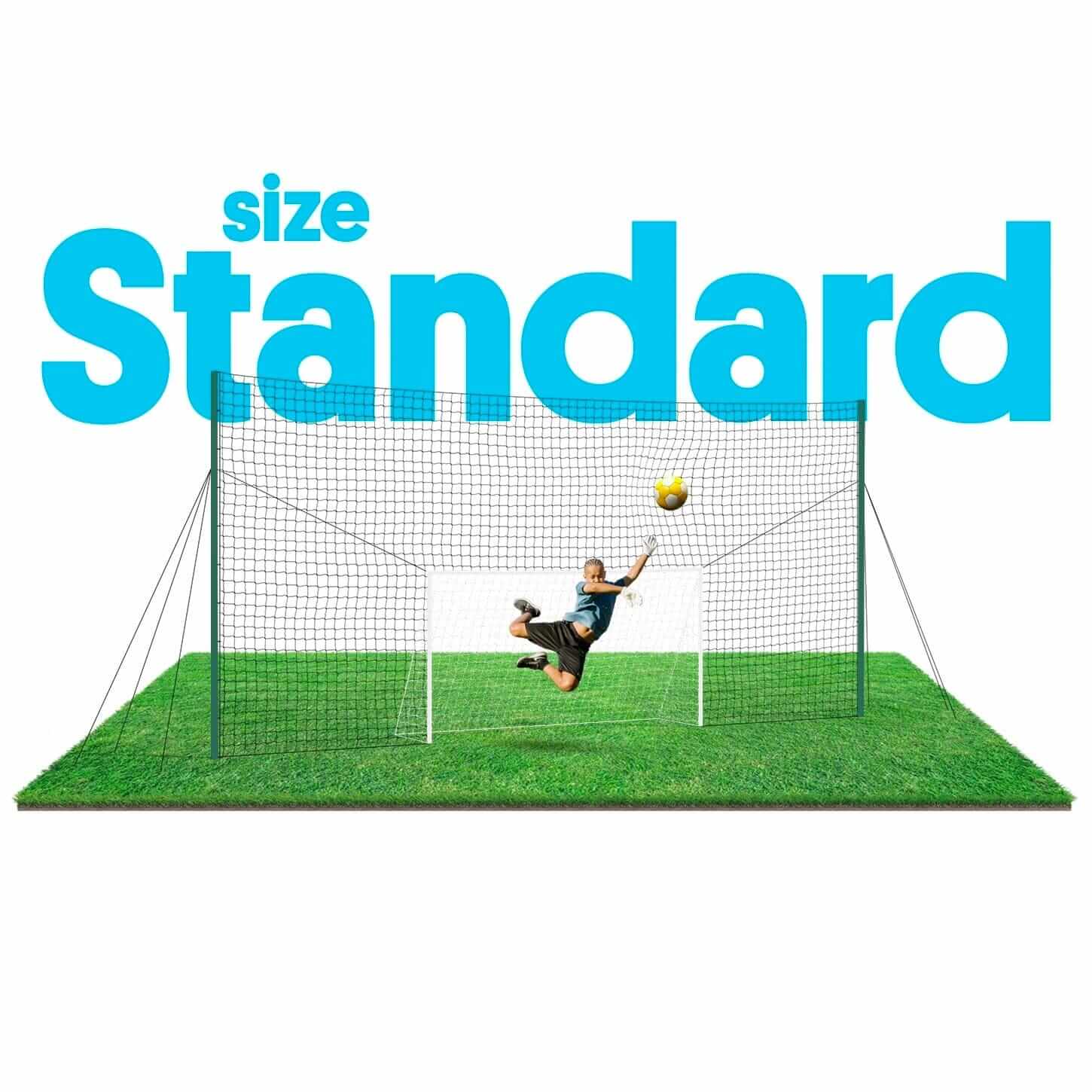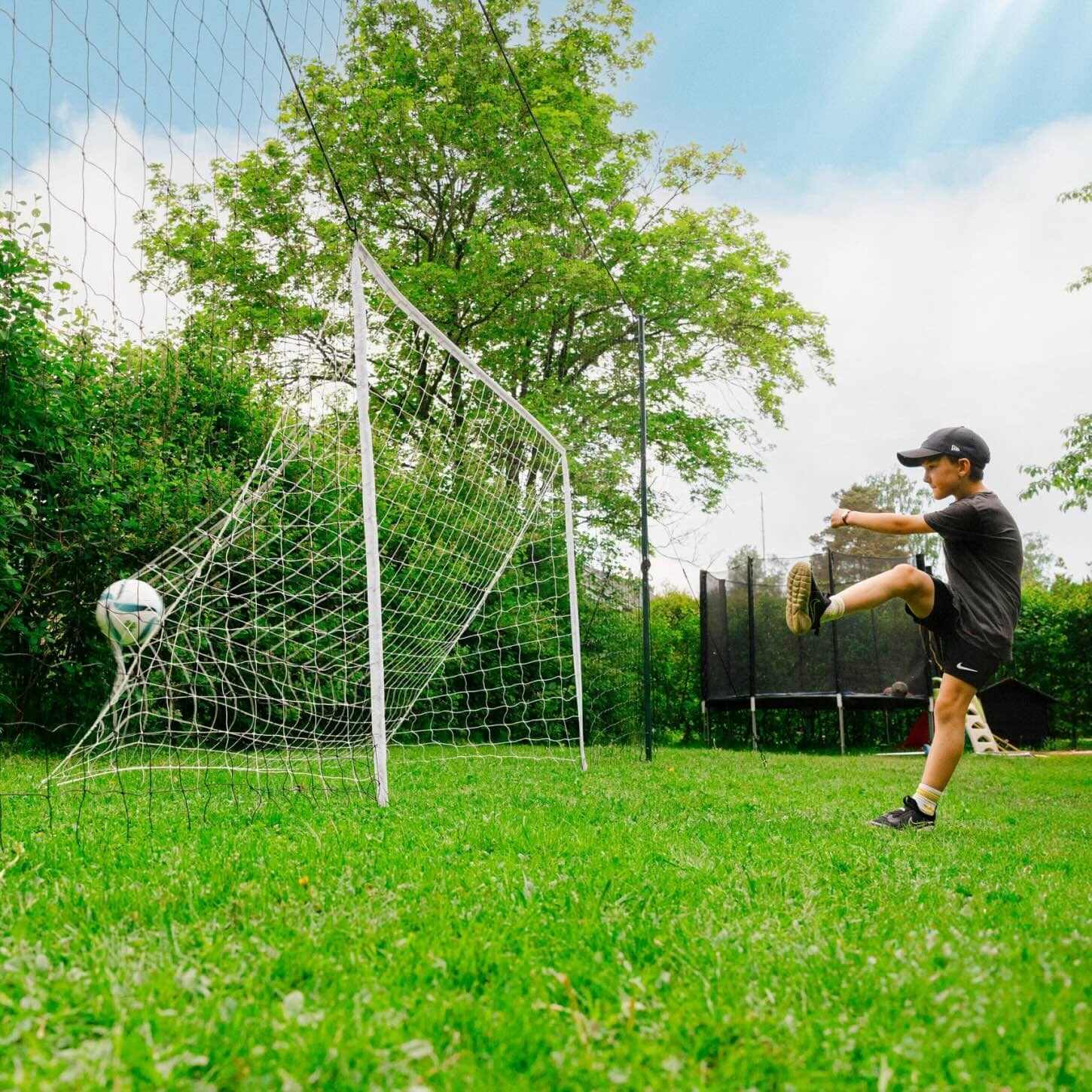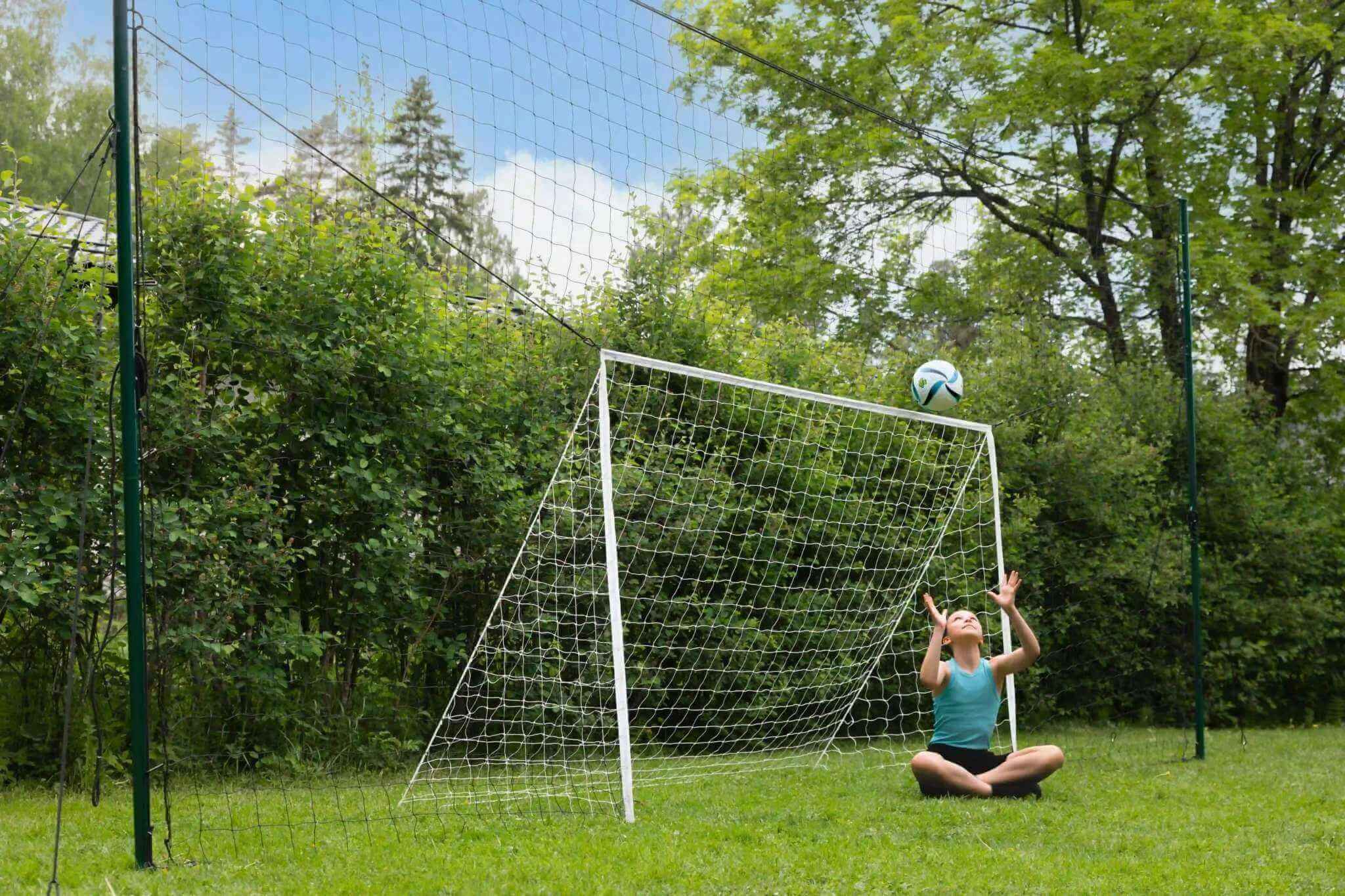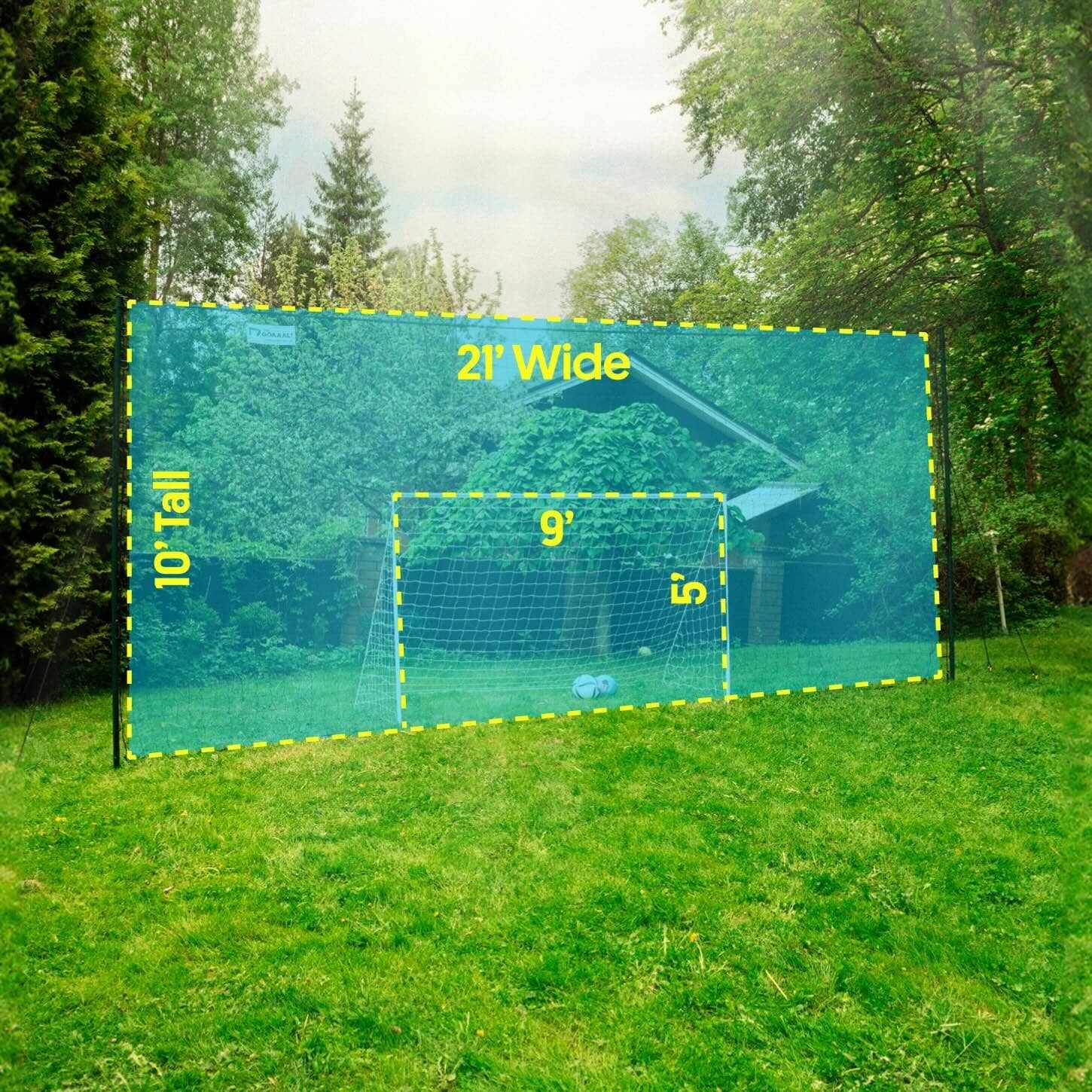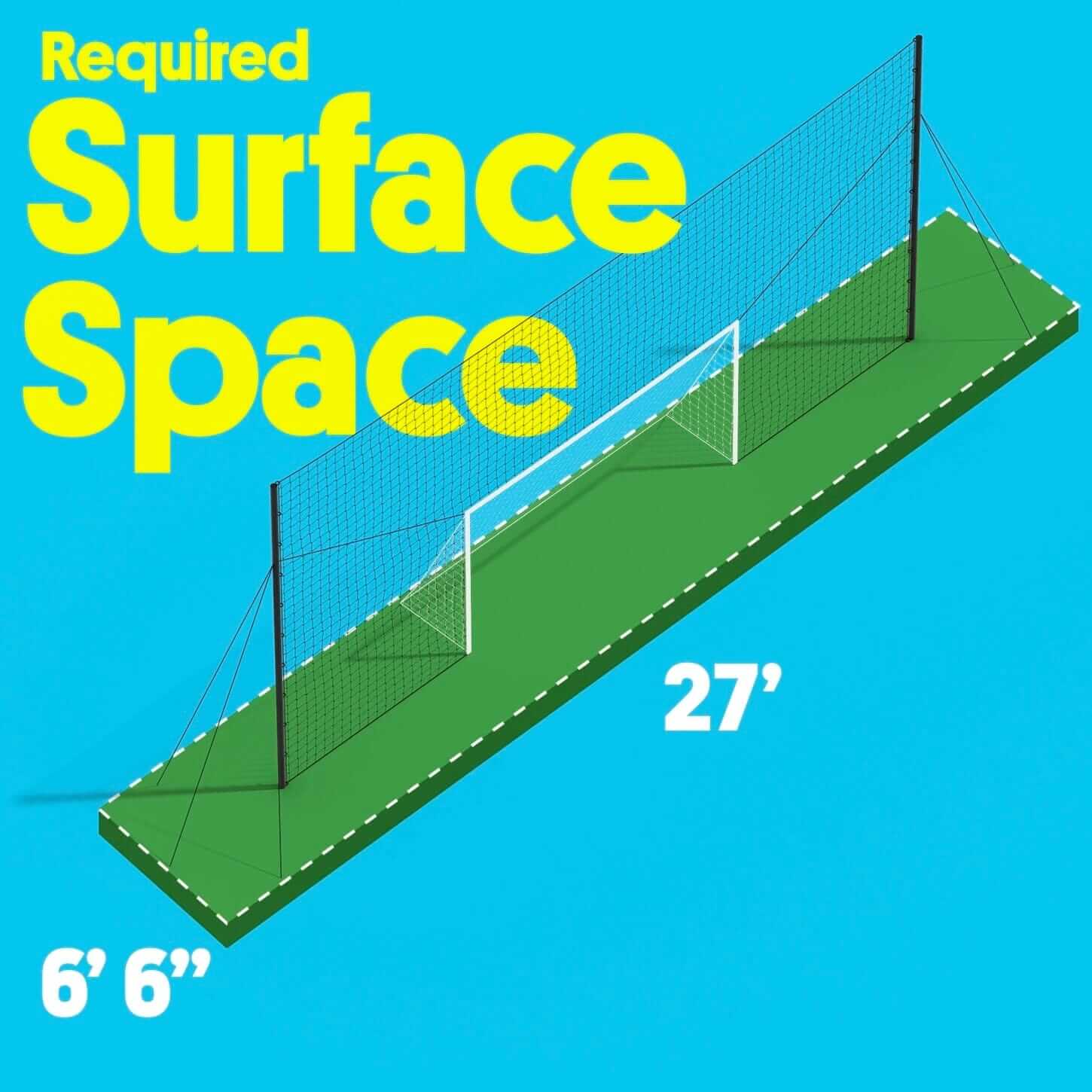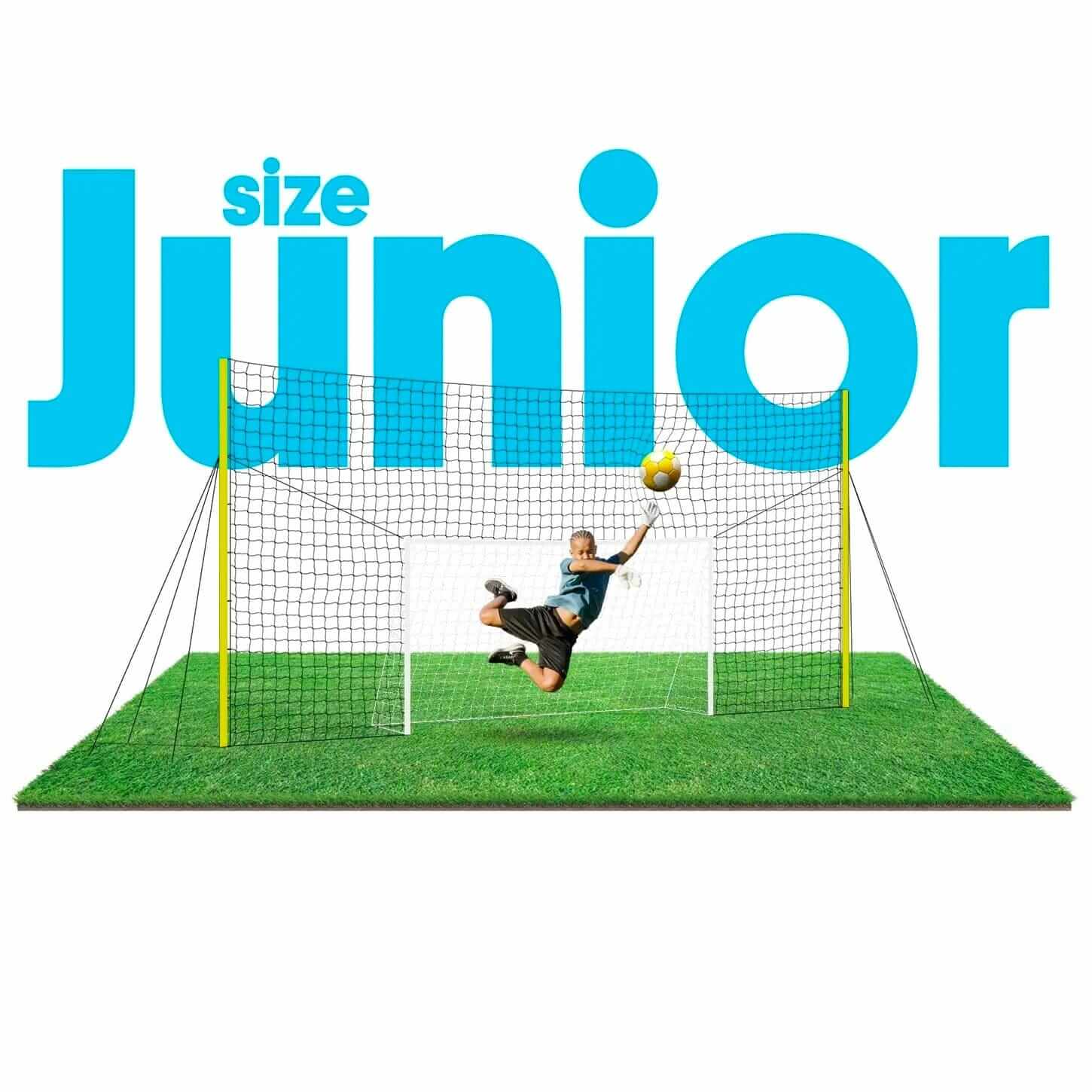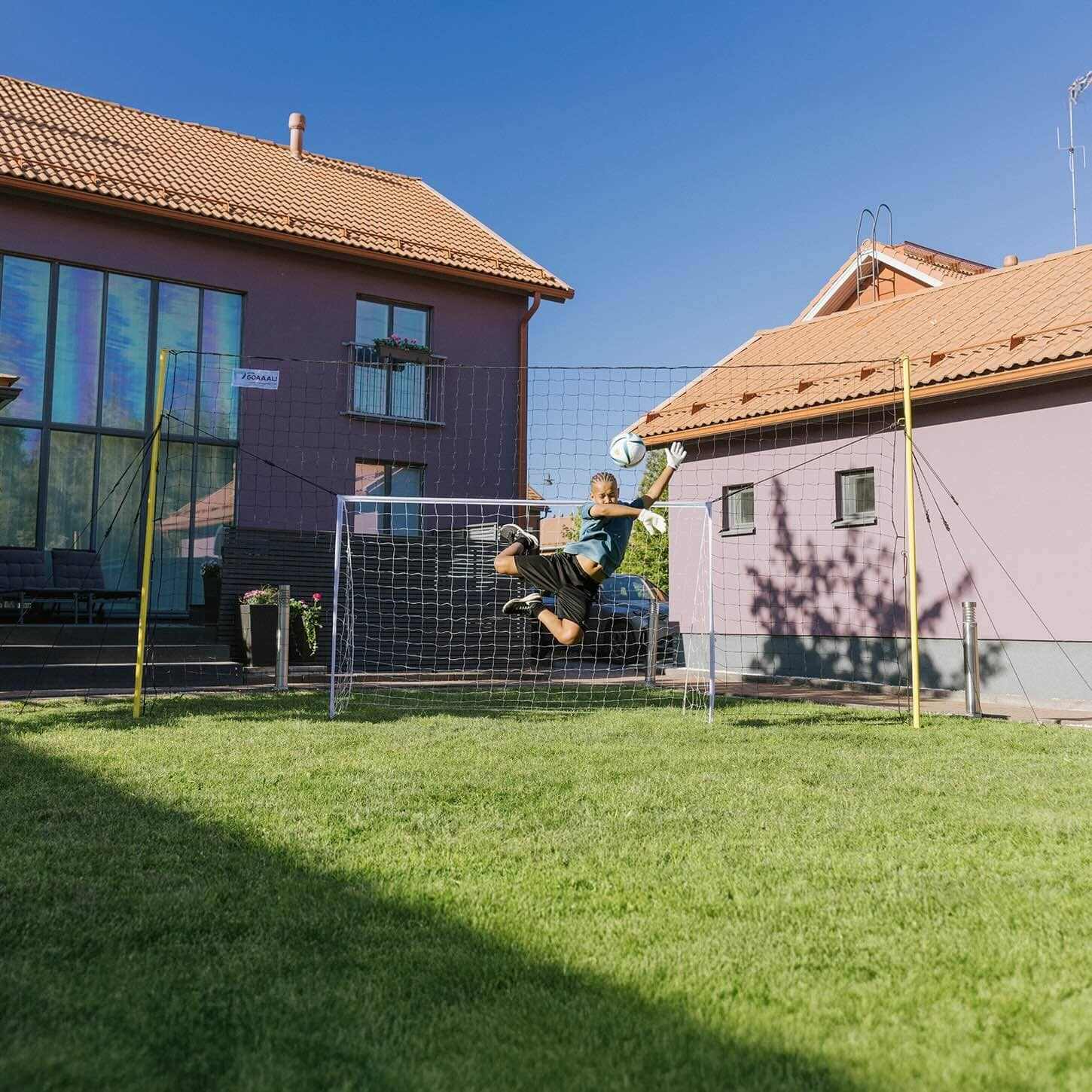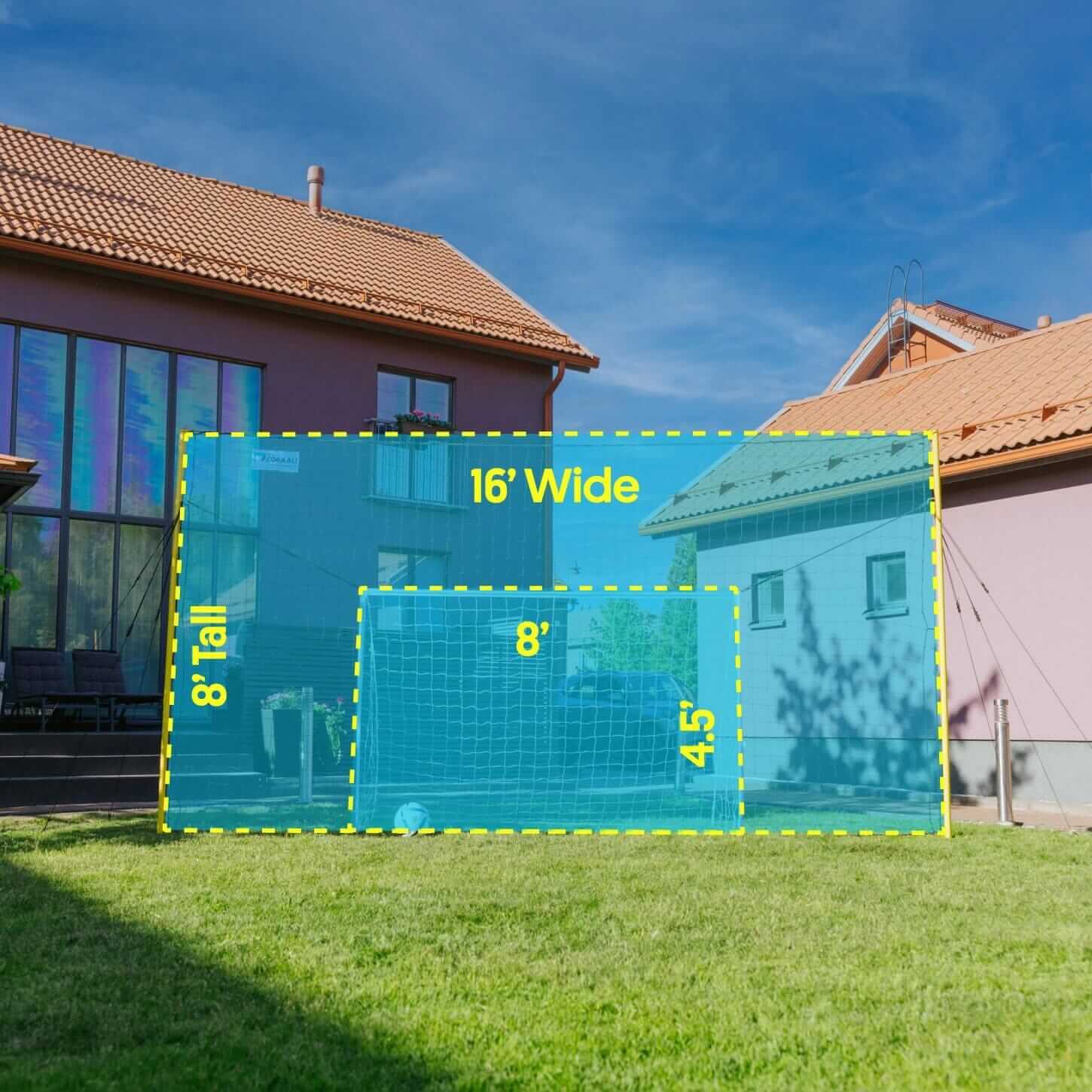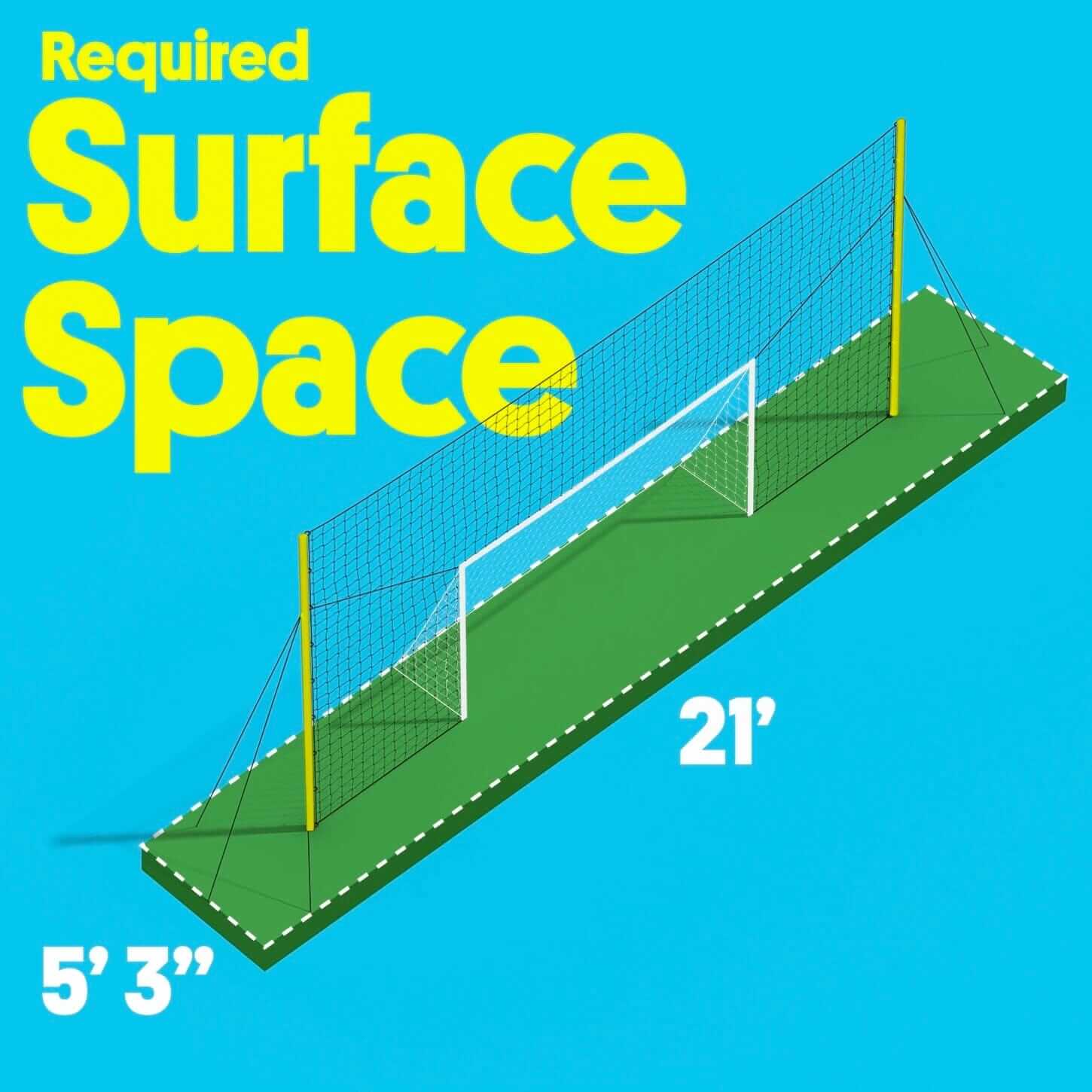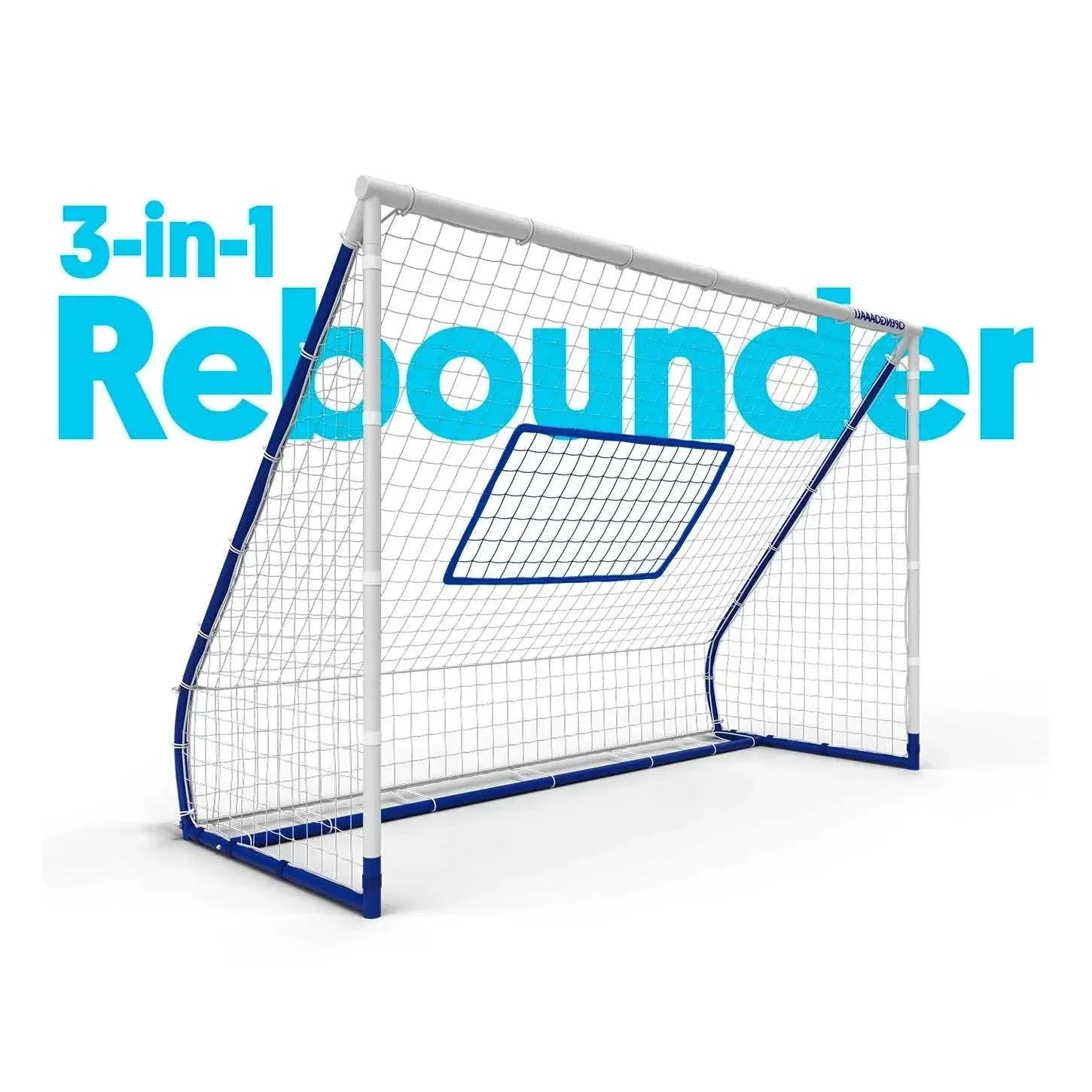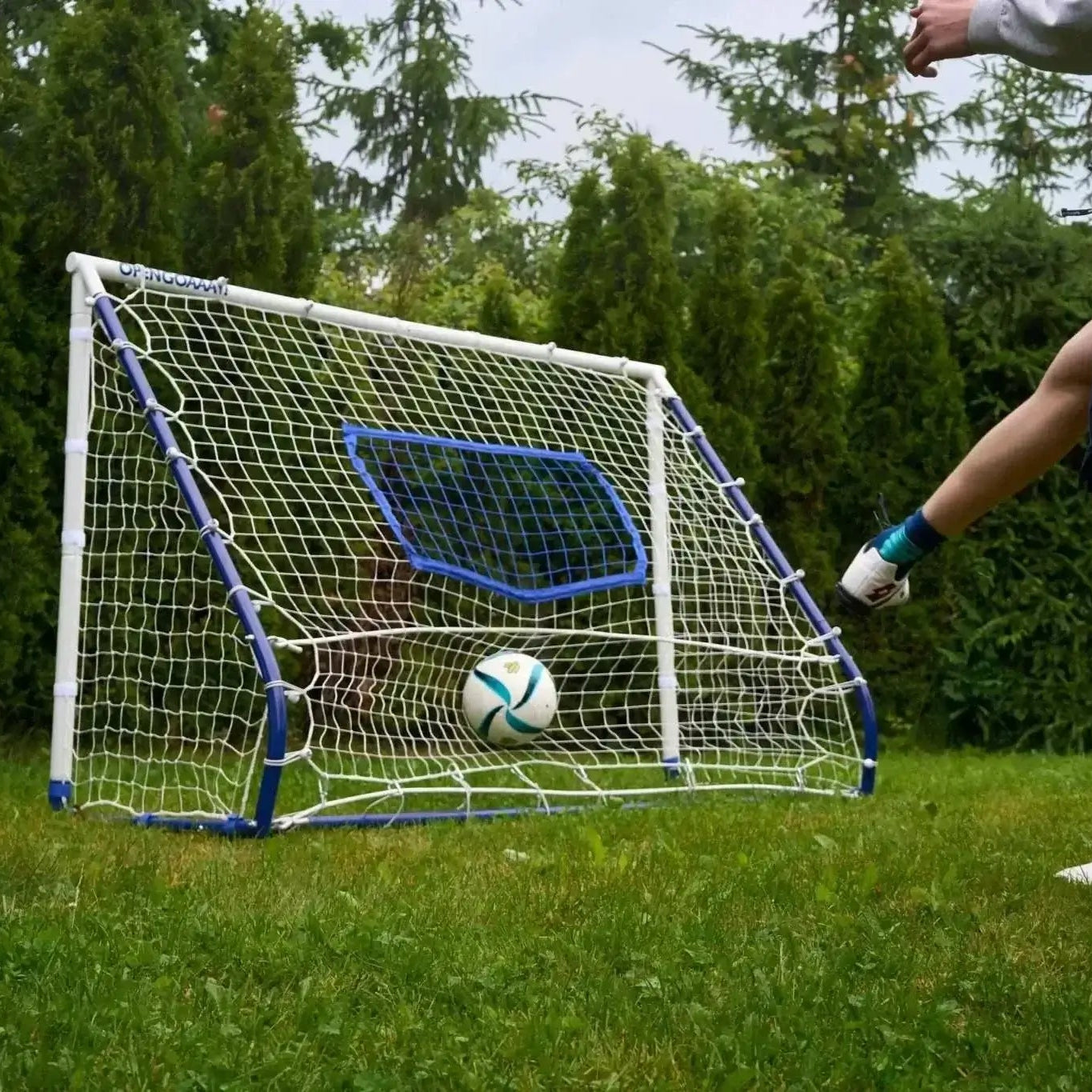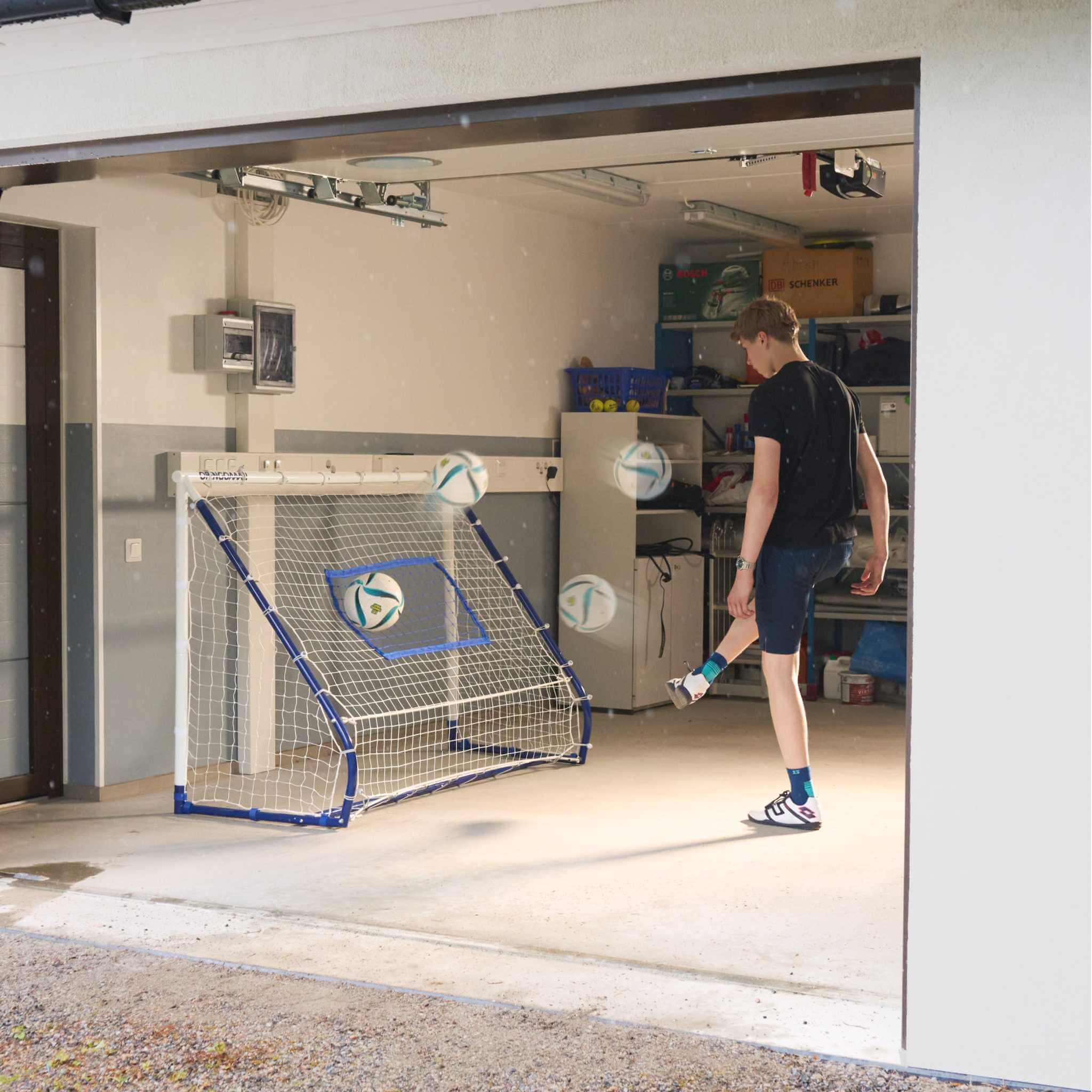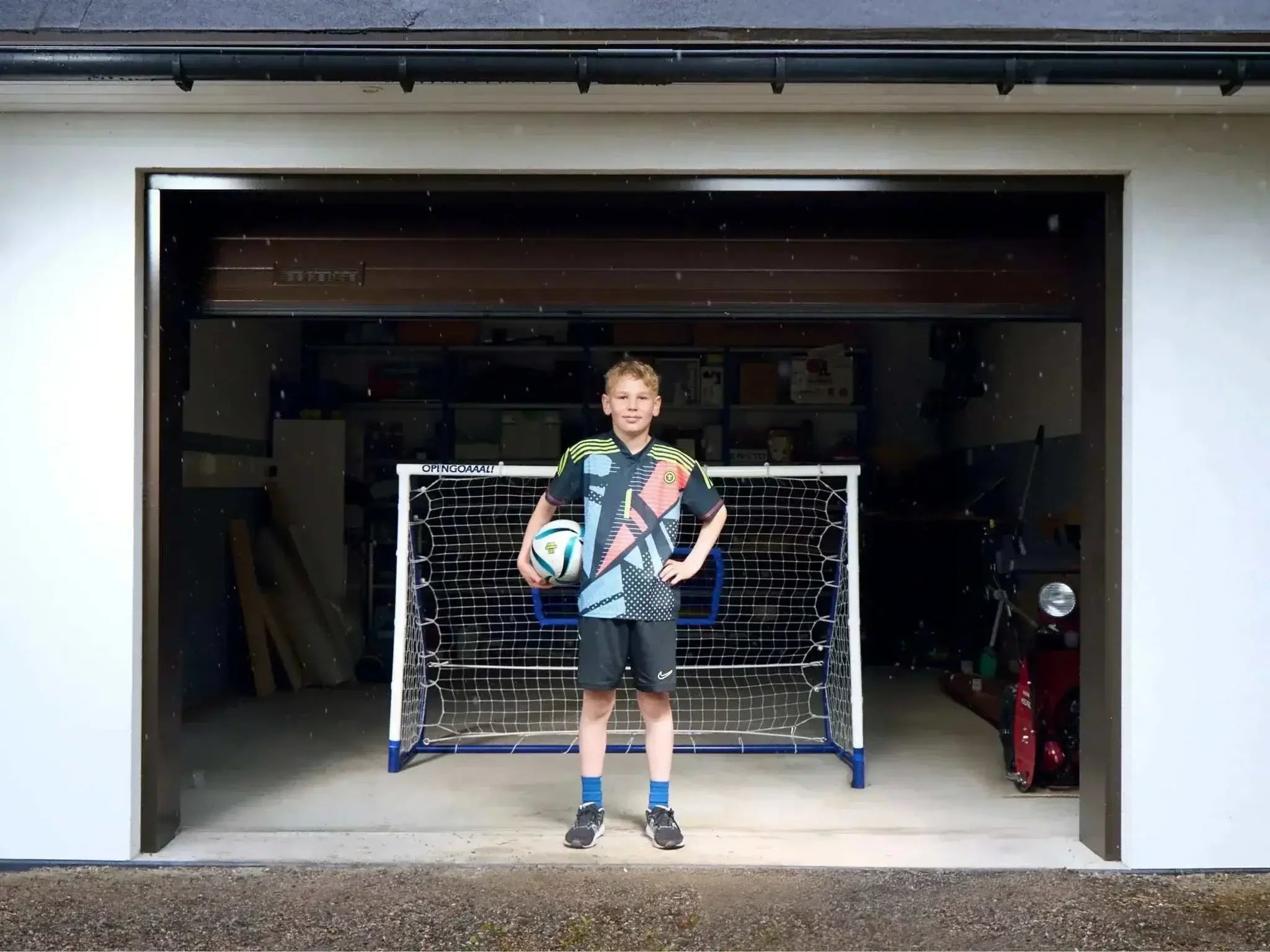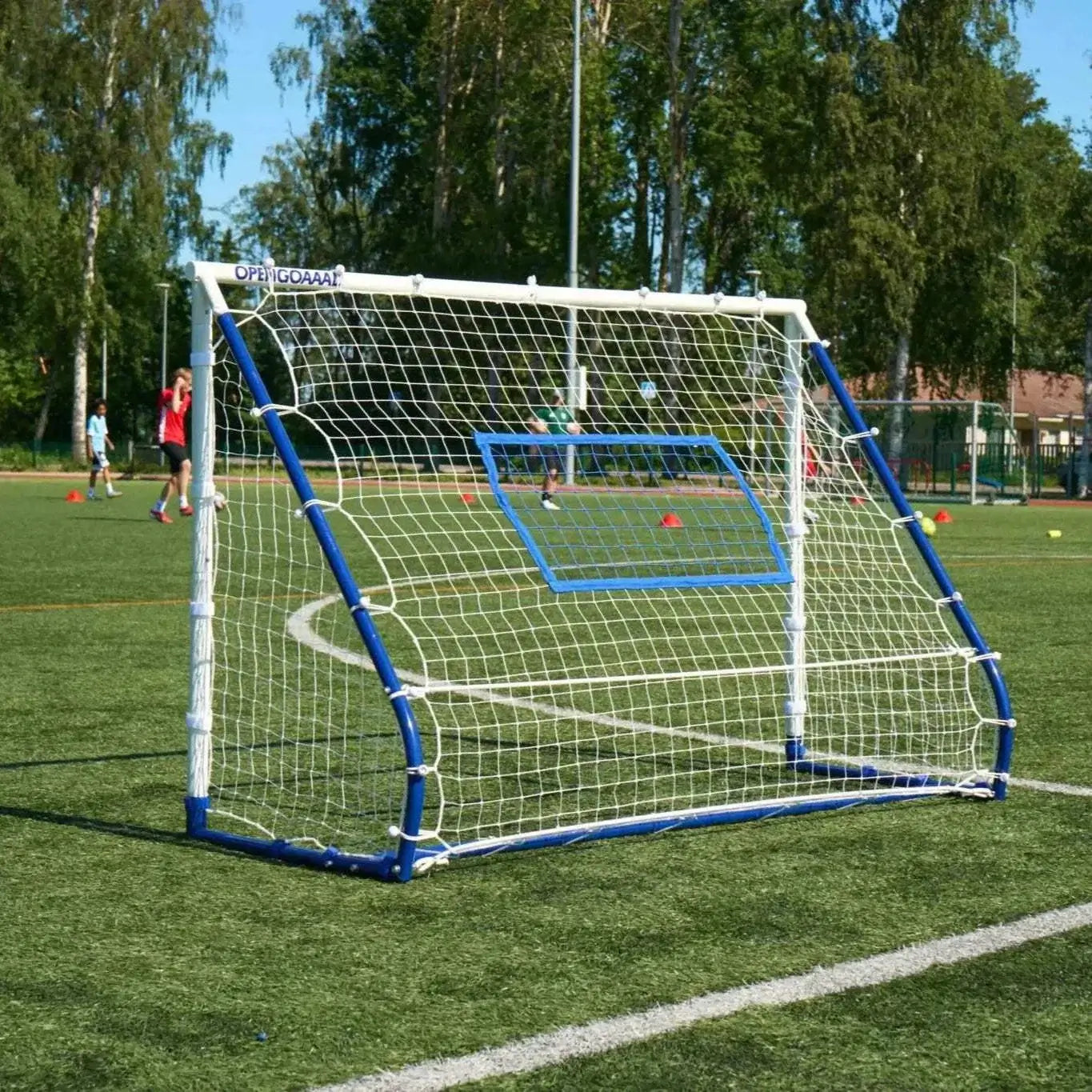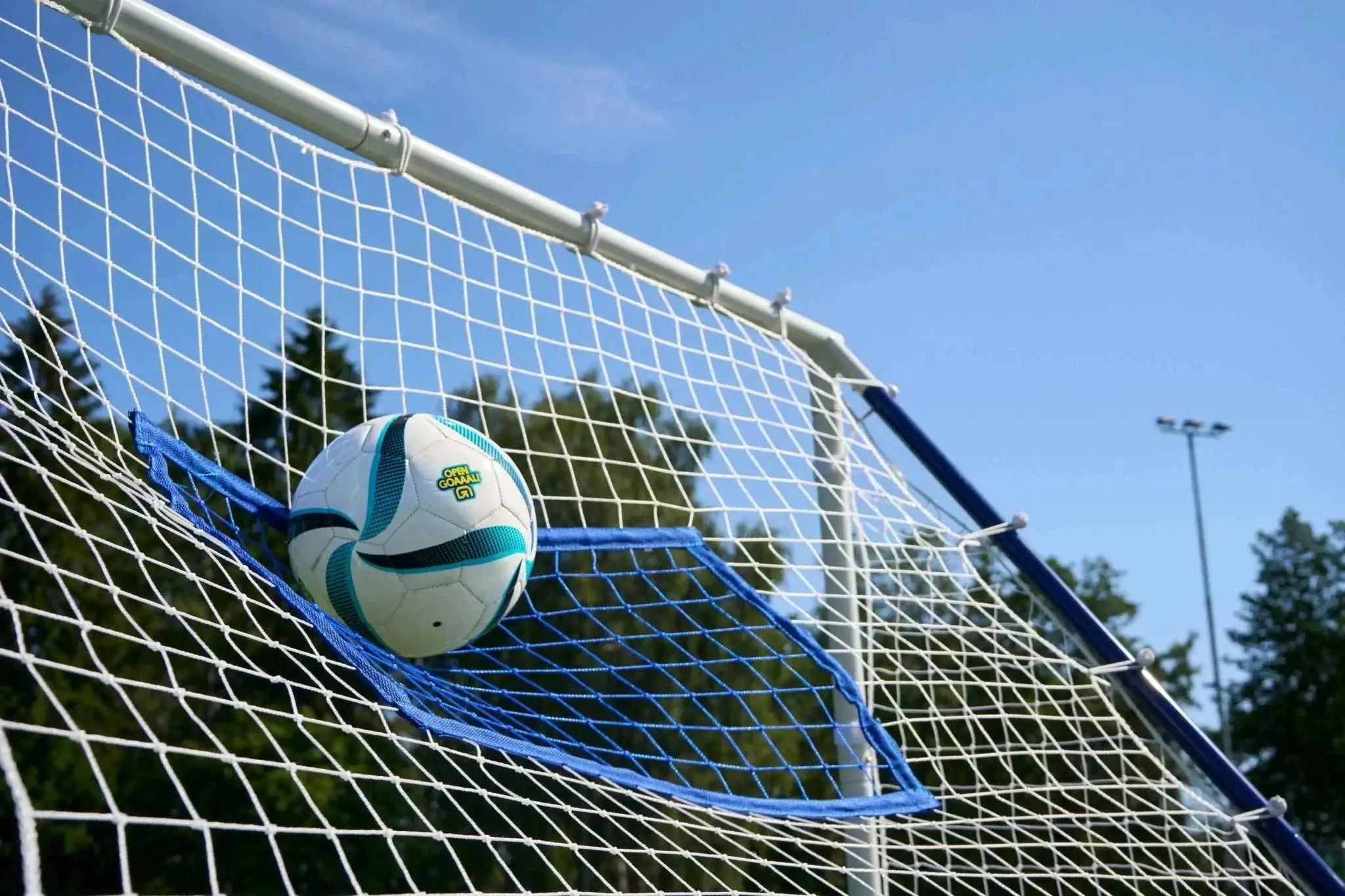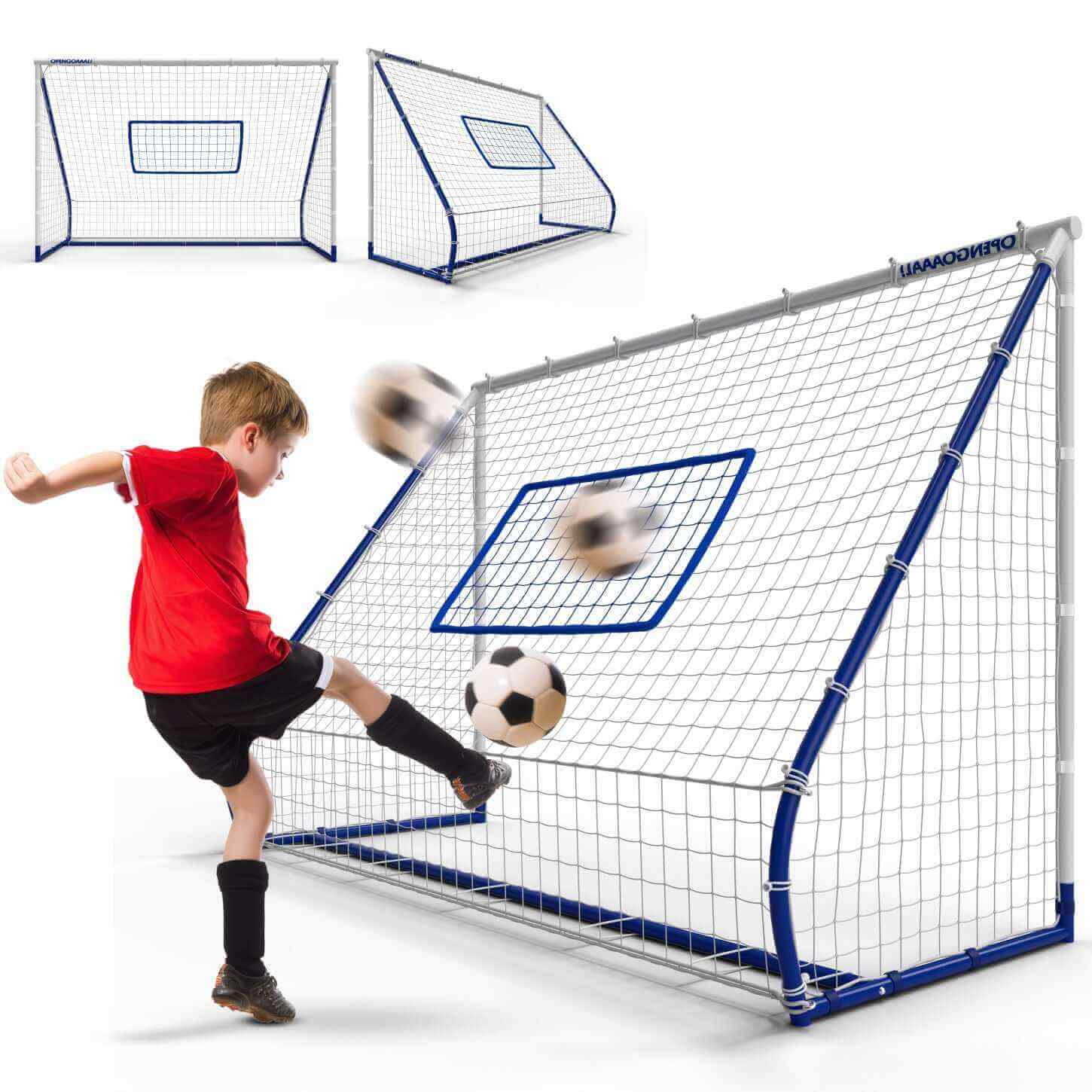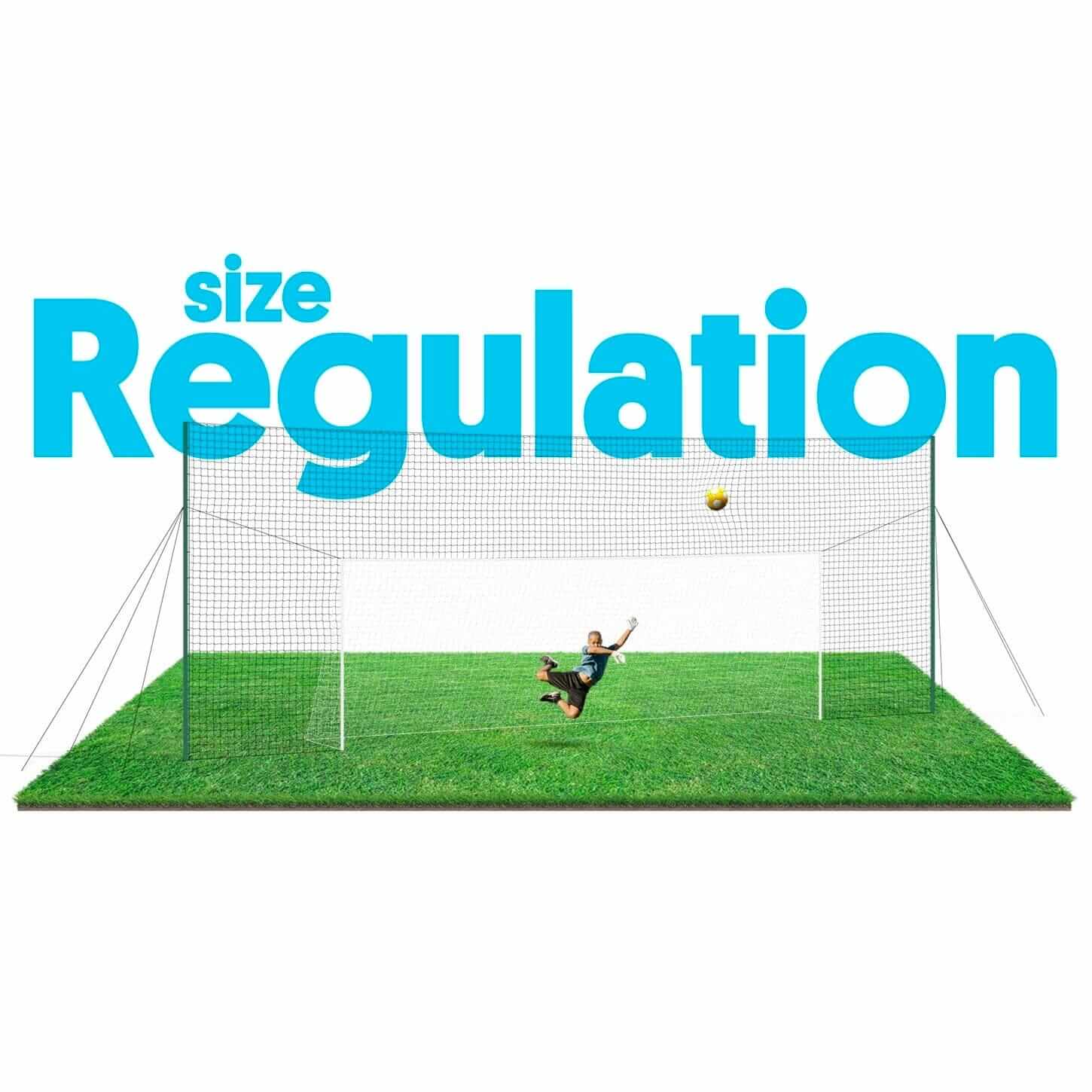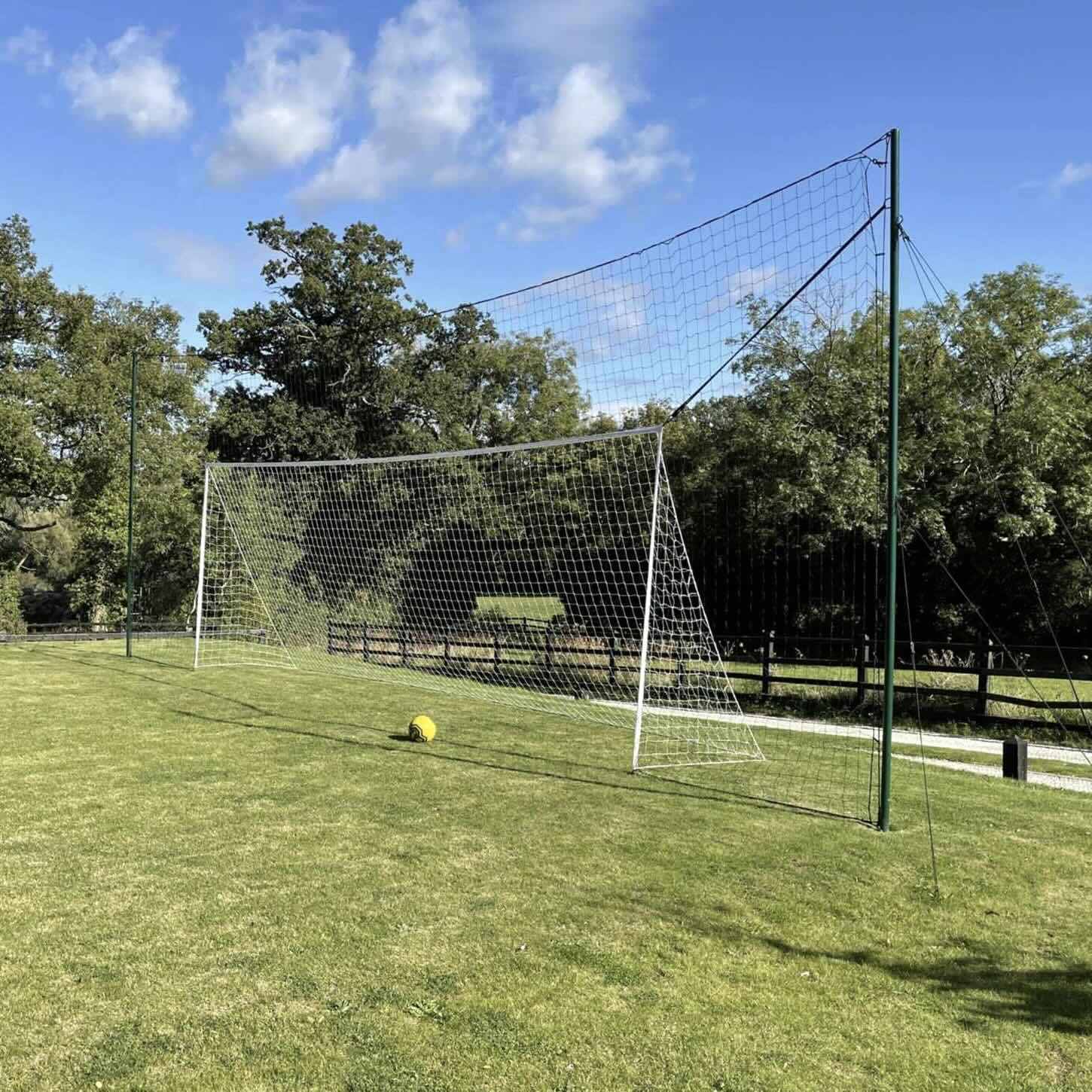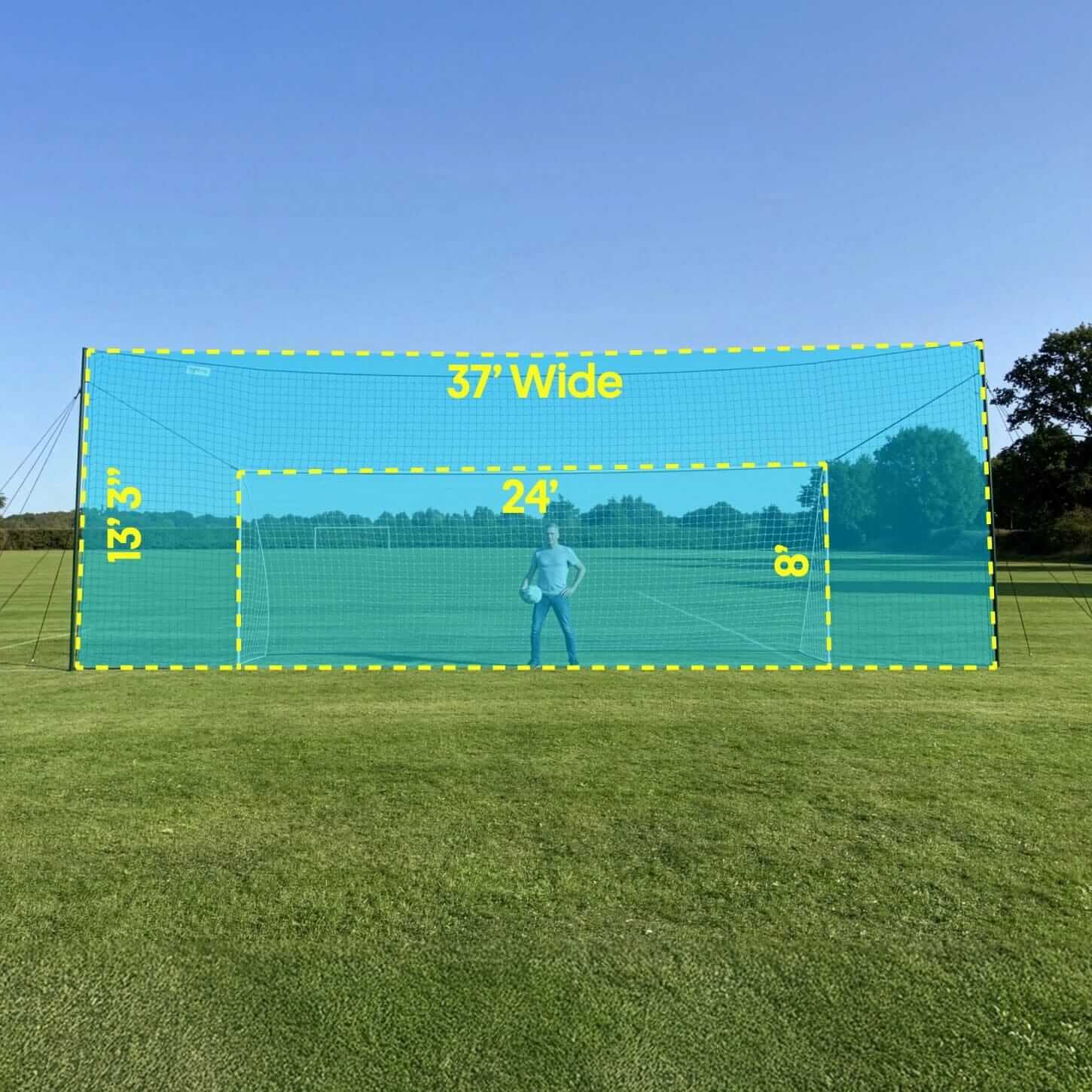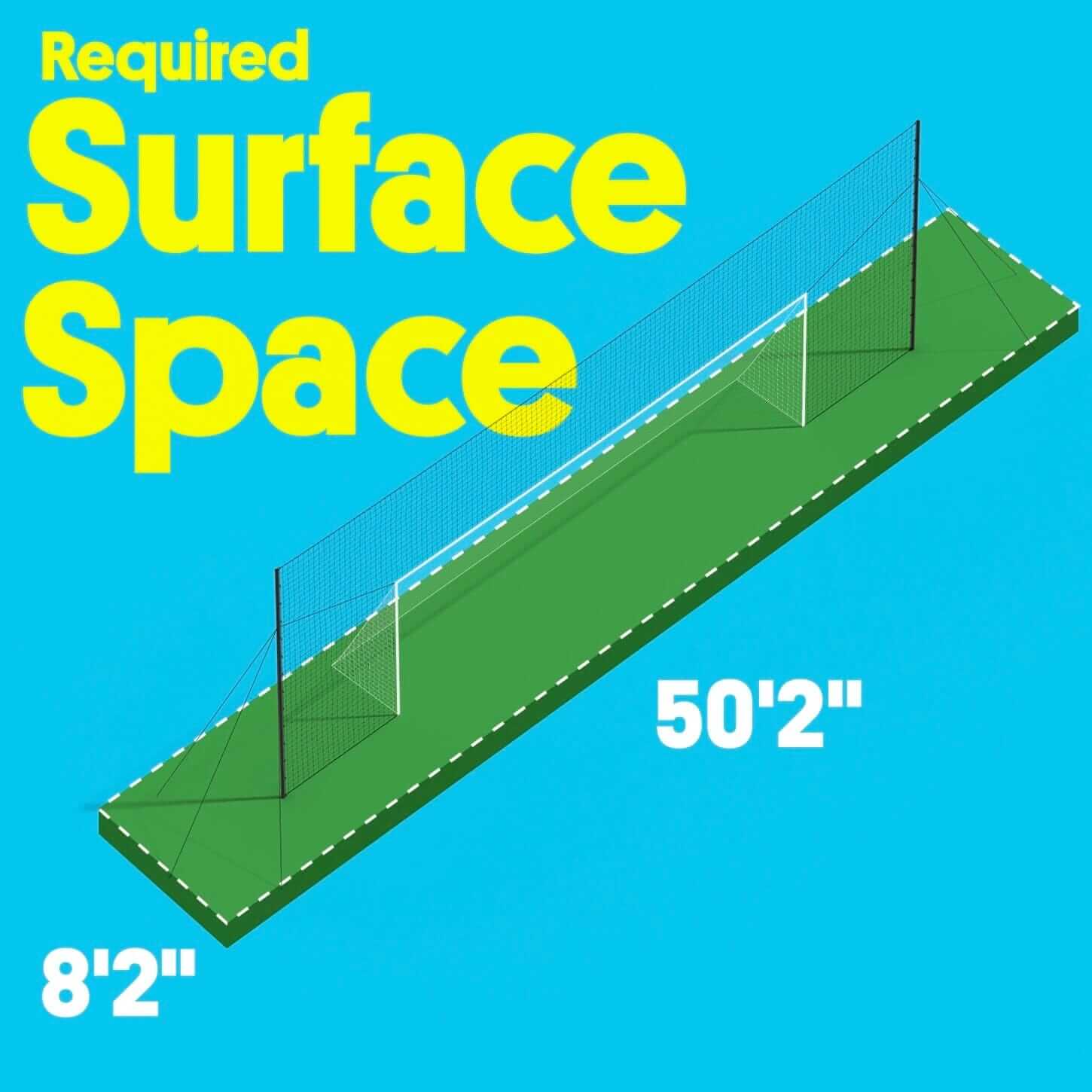While it may seem impossible to increase your speed in soccer, it is possible if you follow specific speed exercises to improve your speed.
When learning how to get faster for soccer, soccer speed drills can significantly impact how fast you can run during a game. Follow these eight tips that focus on speed, endurance, agility, and flexibility to help you become faster in soccer.
1. Understanding Your Body
Understanding your body in all aspects is essential to learn how to get faster in soccer.
Physical structure, agility, and flexibility are all important factors. Eating better and regularly exercising are necessary to keep your body in the best form. Your physical structure is important because it promotes muscle strength.
Flexibility and agility contribute to speed, as it allows for better coordination and allows you to achieve more efficient sprinting capabilities.
Putting nutritious food into your body, such as lean meats, vegetables, and fruits gives you the energy needed to work on your physical structure, flexibility, and agility. Weight training and strength training can help you become faster over time, but can wait until players are in high school to begin the training.

2. Practice Speed Endurance Drills
Speed endurance drills help enable you to run faster in soccer. To develop maximum speed endurance, you can practice a few exercises to enhance your top speed capabilities on the soccer field. Some common endurance speed drills for soccer include:
- Shuttle runs
- Stop-and-go endurance drills
- Dribble and run
- Planks
Speed endurance drills, such as shuttle runs, will help you maintain a higher work rate for longer.
Aerobic exercises and interval speed training for soccer are coupled to improve your body’s muscle strength during these soccer drills for speed. It is important to have rest intervals between drills to allow your body time to recover.
3. Soccer Flying Sprints
Traditional sprints are a great way to get soccer players to run on the tracks, but soccer flying sprints help players run longer without fatigue.
Flying sprints start at low rates, then sprint at full speed before slowing down, making it a high intensity exercise for a sprinter.
These exercises help players with acceleration and deceleration. Soccer flying sprints help players maintain the proper running posture, running mechanics, and how to move their knees to run faster appropriately.
4. Practice Arm Techniques
While soccer is a foot sport, it still matters what you do with your arms when you run. Players should have their arms cocked at a 90-degree angle to run efficiently.
When running, drive your elbows back and forward without straightening your arm when moving it back. Your arms should be moving forward and back, and not sideways.
While running, your hands should go through your hip area and not by the chest or below the hips. When your arms move faster, your legs move faster too. Practicing arm techniques is essential to learn how to get faster for soccer and is a great tip for beginners in kids soccer.
5. Acceleration Drills
Acceleration drills are essential because it teaches players to increase speed, decelerate, and accelerate again while being able to change the direction of the ball at any time.
When practicing acceleration speed soccer drills, you should combine these drills with other acceleration exercises to efficiently allow yourself to go up and down from high speeds. To better develop your acceleration skills, you must quickly move your feet while increasing your stride length as you move.
6. Improve Your Coordination
One of the main ways to improve your speed in soccer is to work on your coordination. Control of your body and coordination is essential during soccer, as it helps you have better ball control, footwork, and arm technique skills. Some of the best coordination drills you can practice include:
- Agility rings
- Dribbling drills
- Square cone drills
- Dynamic stretching
7. Practice Ball Control Skills
Practicing your ball control skills is essential to be faster in soccer and is often considered a fundamental of soccer.
Having reasonable ball control is vital so you can stop, change direction, and receive the ball with all types of movements throughout the soccer game. To get better at soccer, practicing your ball control skills is a good start.
You can work on dribbling drills, changing your pace, ensuring the ball is close to your feet and protecting the ball using your body.
8. Interval Training
Interval training trains players to develop their best fitness and endurance levels in soccer. It improves your aerobic and anaerobic capacity, enabling you to become faster and work on your conditioning.
You can practice specific interval training warm ups for 25 minutes at a time while alternating running at a slow pace for 5 to 10 minutes. Some standard interval soccer training drills include:
- Running downstairs
- Running upstairs
- Speed ladder drills
- Sprinting up hills
- Sprinting down inclines
To make interval training sessions next level, you can add a soccer ball into the drill and try to control it.

What are the four components of speed in soccer?
There are four major components of speed in soccer.
Pure Speed
Pure speed is the rate at which a soccer player moves from one point to another without the ball.
Reaction Speed
Reaction speed is the ability to process and quickly react to actions from opponents and teammates.
Technical Speed
Technical speed is game action speed, where you control and manipulate the ball at speed while changing direction when needed.
Mental Speed
Mental speed is about quick decision-making based on what is happening around the soccer ball.
How can I run faster without getting tired?
To run faster without getting tired, you can work on endurance drills. Endurance drills help you run further for longer without getting winded. You can also run faster by taking care of your body and eating healthy foods.

Conclusion
Understanding how to get faster for soccer requires some patience, time, and hard work, but it is possible. Try out our 3-in-1 Soccer Trainer today to help improve your soccer skills. This rebounder and goal can help keep the ball in play so you can continue to work on conditioning drills instead of chasing down the ball.


